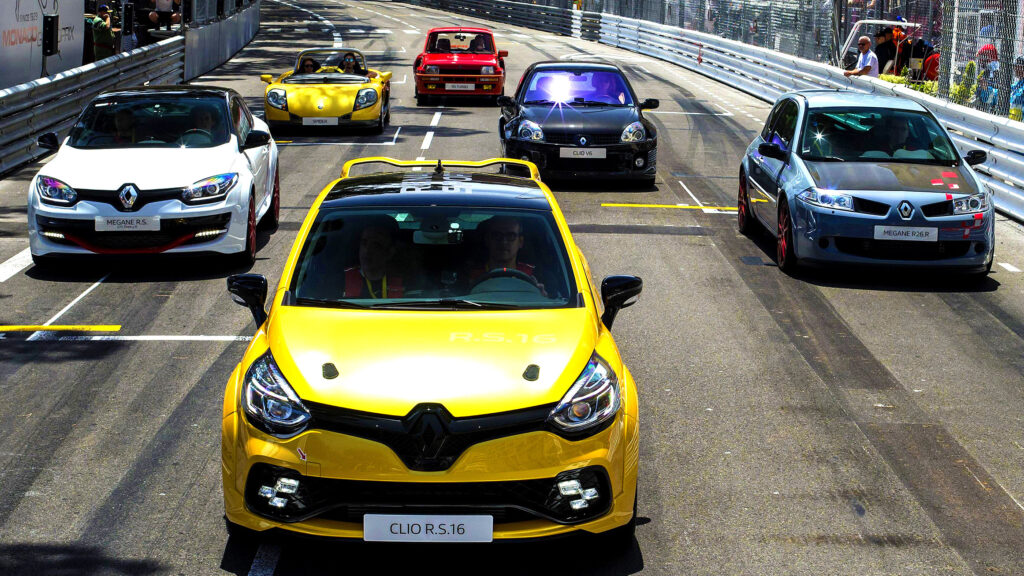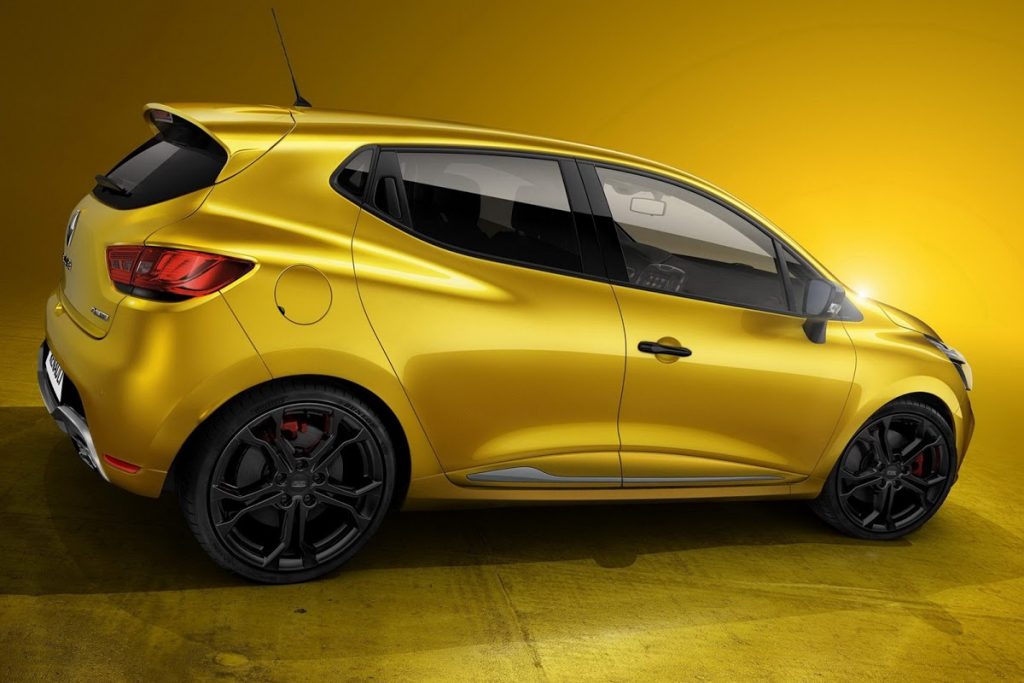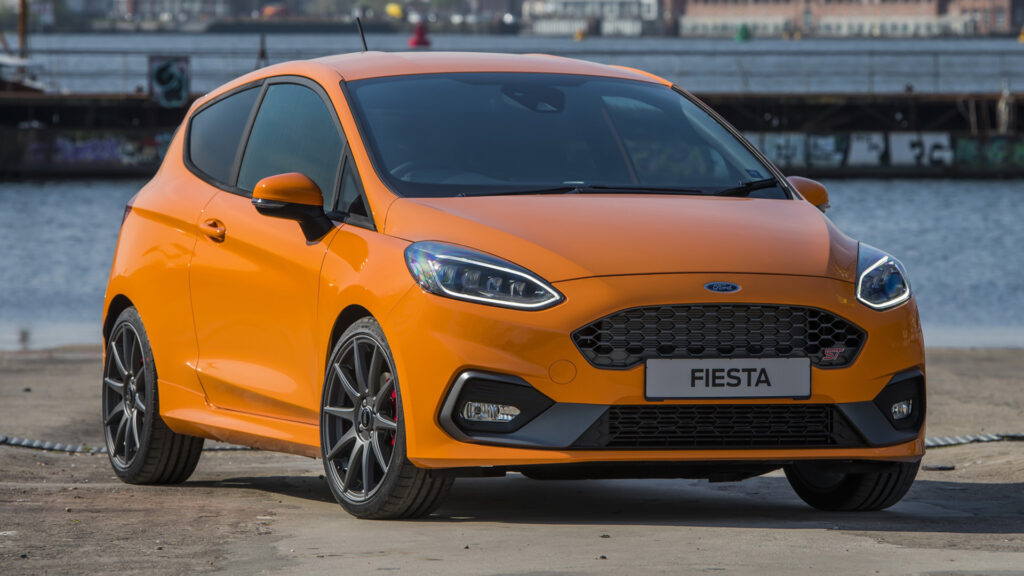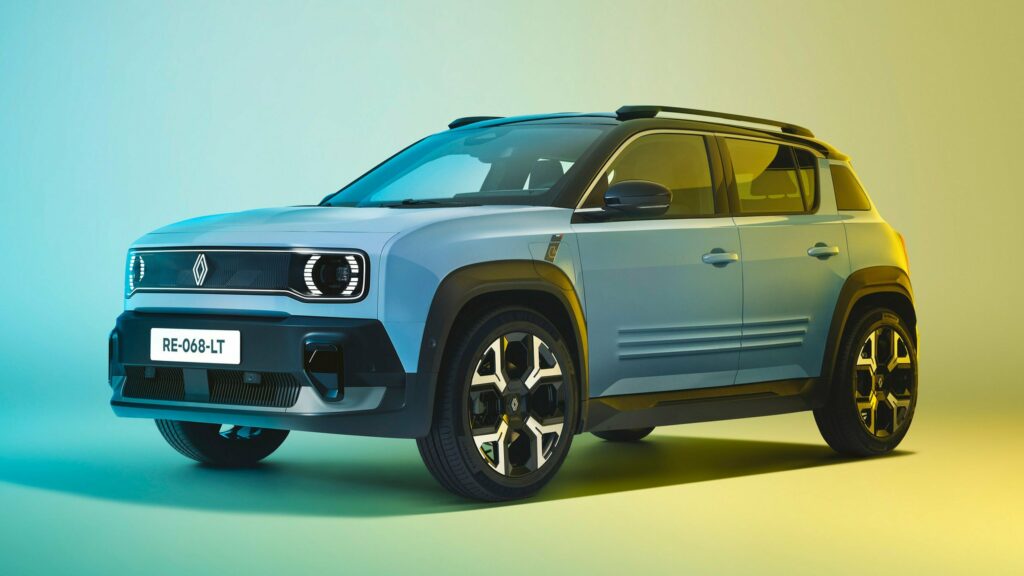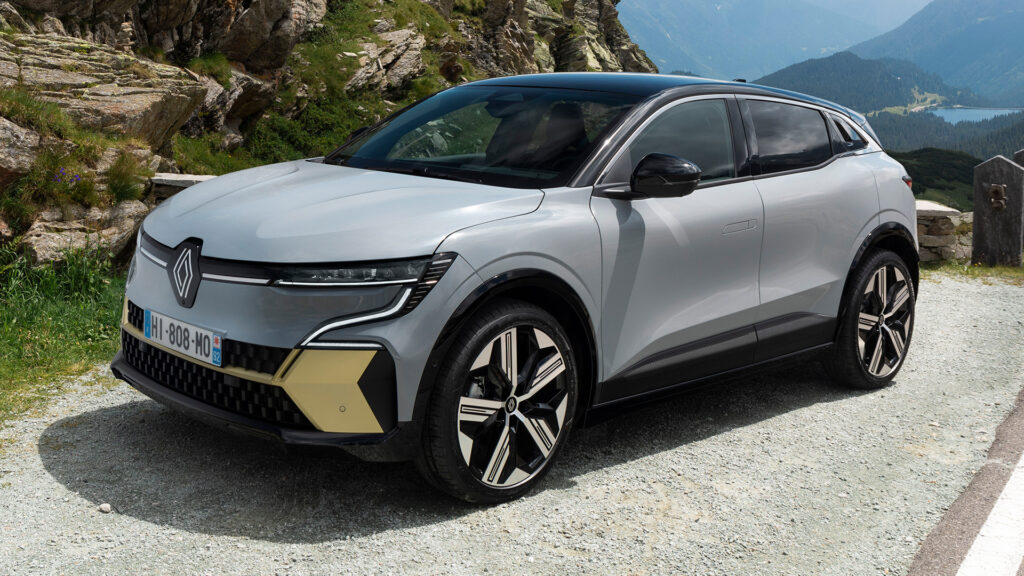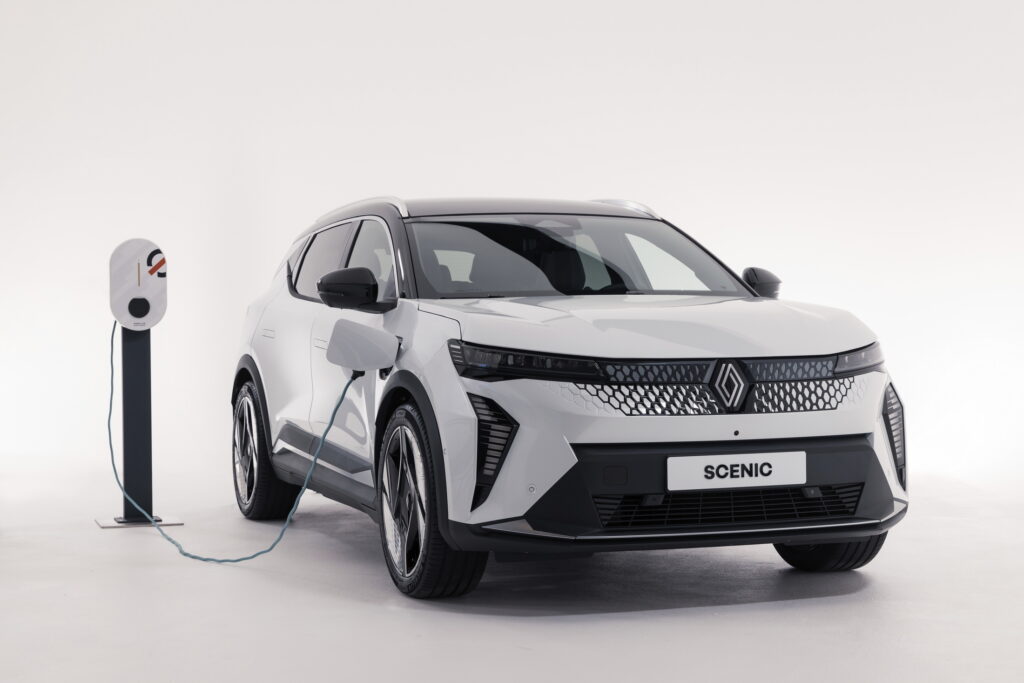This Bonkers EV Drove 626 Miles And Still Had Juice Left In The Battery

- Renault’s Filante Record 2025 topped 1,000 km at highway speeds.
- It uses a Scenic E-Tech sized battery from Renault’s family EV.
- Ultra-low drag and weight make it a testbed for future EVs tech.
Renault wrapped up 2025 with an impressive achievement, pushing the outer limits of electric vehicle efficiency. Its ultra-aerodynamic single-seater prototype managed to cover 626 miles (1,008 km) on a single charge. Even more striking, it did so in less than 10 hours, maintaining an average speed of 102 km/h (63 mph) throughout.
More: French Carmaker Unlocks Its Secret Design Vault And The Scale Models You Can Buy Are Wild
After the run, the EV still had 11 percent of its battery charge remaining. According to the company, that would have been enough for another 75 miles (120 km) at the same average speed, potentially extending the total range to 673 miles (1,083 km).
A Prototype With Unexpected Stamina
The car in question is the Filante Record 2025, a purpose-built concept that made its first appearance back in January. Originally, Renault aimed to attempt the record in July, but meeting the aerodynamic targets proved trickier than expected.
By October, the prototype was ready. Then weather in France got in the way, delaying things again. Eventually, the team relocated to Morocco and ran the test on December 18 at the UTAC high-speed proving ground, where conditions finally cooperated.
The Renault Filante Record 2025 (above) compared to the original prototype (below).

The design draws inspiration from Renault’s past record-setters, notably the 1925 40 CV and the 1956 L’Étoile Filante. Even so, several elements from the original prototype had to be reworked in the wind tunnel to meet the strict aerodynamic targets.
More: This Renault Prototype Launches Drones And Could Save Your Life
Changes involved removing the futuristic LED lighting, reducing the number of air intakes, and refining the fender shapes. Still, key features remained intact: the extended hood, transparent canopy, aircraft-style tail, F1-style driving position, and the ultraviolet-blue paint finish all carried through to the final version.
The engineering effort went beyond just slicing through air. Renault also aimed to reduce rolling resistance and weight. To do this, the team used carbon fiber, aluminum alloys, and 3D-printed Scalmalloy components.
Michelin provided a bespoke set of low-drag tires, while the car’s steering and braking systems operated entirely by wire.
French firm Ligier handled the platform, chassis, and carbon tub, integrating an 87 kWh battery pack. For comparison, that’s the same capacity as the battery in the Scenic E-Tech, Renault’s midsize electric crossover.
The Impressive Record
On record day, three drivers rotated in and out of the single seat, covering 239 laps of the 2.6-mile (4.2 km) Moroccan circuit over 10 hours. There were no charging stops, just brief halts for technical checks and driver changes. That consistency helped maintain the 102 km/h (63 mph) average.
More: One Of Renault’s Hottest Badges May Be Coming Back Sooner Than You Think
The car posted an energy consumption figure of 7.8 kWh/100 km. That’s nearly half the official WLTP figure for the Scenic E-Tech, which uses the same battery and consumes 14.1 kWh/100 km under standard testing. And unlike those lab figures, this test was run at real-world highway speeds.
Renault developed the Filante Record 2025 not only to celebrate its legacy of record-breaking prototypes, but also to explore ways of improving efficiency in production EVs, particularly for long-distance driving.
The hope is that insights from the project will carry over to future Renault models, helping drivers spend more time on the road as advances in battery and motor technology continue to evolve.
